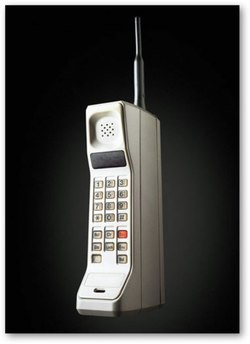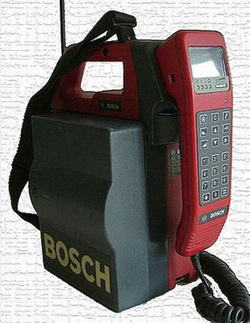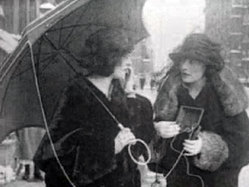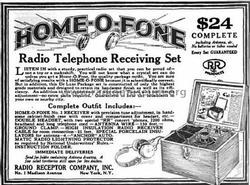Combine a fire hydrant, an umbrella, and a heavy wooden box, and you’ve got the components of a circa–1922 mobile phone. Add a cheerful operator and a phonograph to the mix, and you’ve got your own flapper-era Siri playing music on demand.
When you think of early mobile phones, you probably think of one of these 1980s-style bricks:

Or perhaps if you’re an old-timer, you might recall these spiffy 1970s numbers that basically required you to haul a car battery everywhere you went:

But friends, these technological marvels of the 1970s and 1980s were lazy latecomers compared to Eve’s “portable wireless phone”:

Eve’s wireless was documented in a 1922 silent film recently uncovered by British Pathé. In the movie, Eve hauls her contraption around in a heavy box (“and won’t hubby have a time when he has to carry one!”), grounds it to a convenient fire hydrant, and unfurls her umbrella antenna to make a call. An obliging operator answers and plays Eve some music on her new-fangled phonograph.

Hard to tell thanks to grainy film quality, but the device looks to be a Home-o-Fone, manufactured by New York City’s own Radio Receptor Company, Inc.





